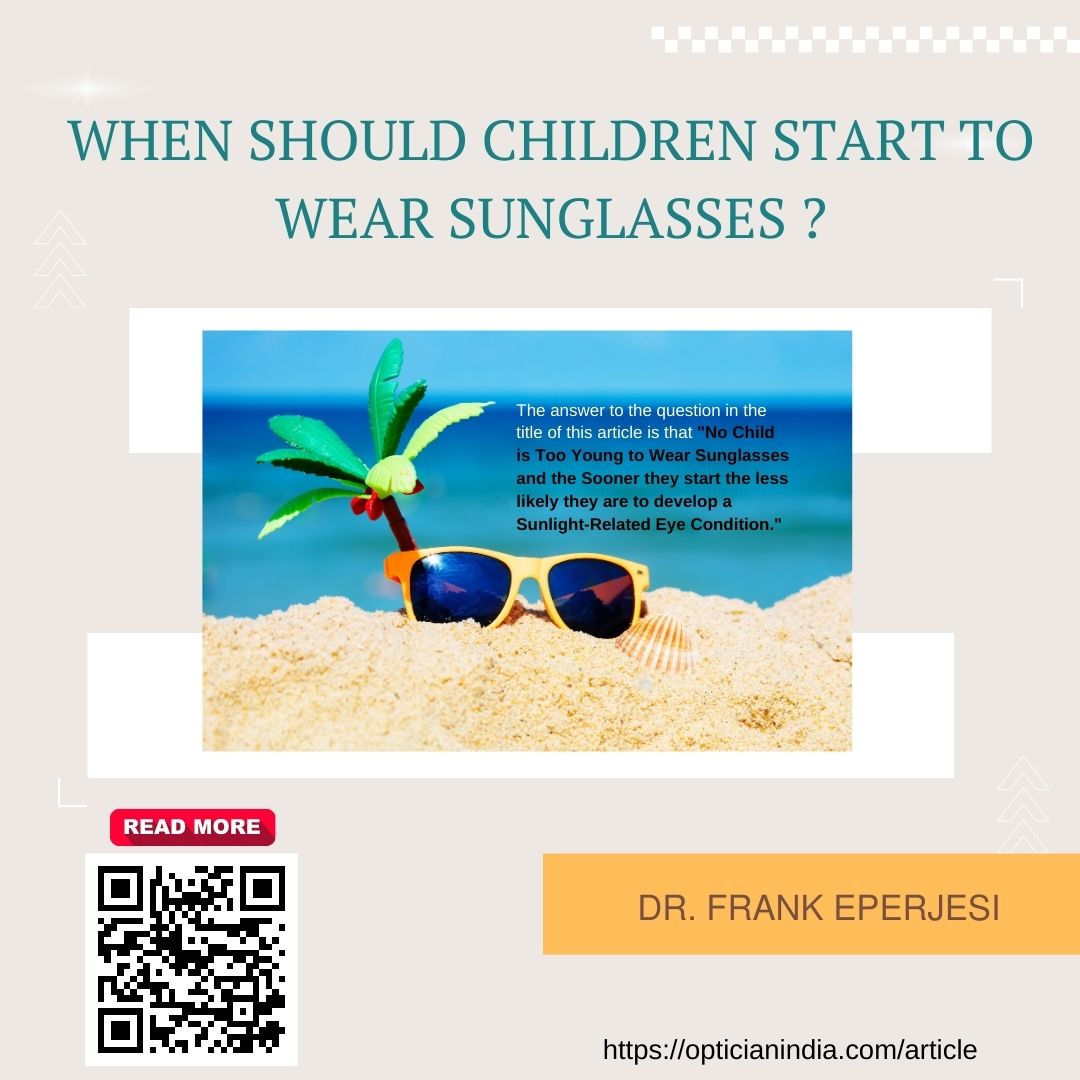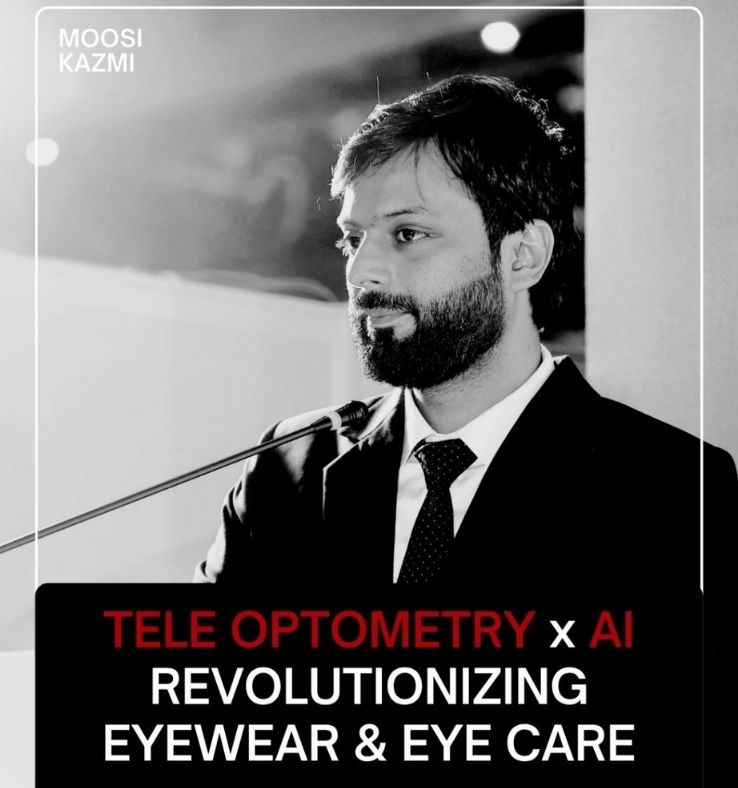WHEN SHOULD CHILDREN START TO WEAR SUNGLASSES?

I’ve been travelling in Central and Southern Europe recently and it has been hot and sunny. Even more than usual.
My own surveys of the people around me on the beach indicate that around 20-30% of adults wear sunglasses, which in my opinion is a low number. Where things become even worse is my survey of children (16 years old or younger) wearing sunglasses. The figure is around 1%. This is a disaster.
It became apparent to me recently the damage sunlight has done to my skin, especially on my arms. Not wearing sun protection cream during my childhood (my parents tried their best but I could run faster than them) and my teens has led to this damage. I wear sun protection cream now and sun protective clothes but I fear the damage has been done.
Take a look at the first photograph which is of my upper forearm and compare it to the second photograph which is of my lower forearm.
|
Upper Arm
|
Lower Arm
|
My upper forearm has been exposed to years of sunlight and is damaged. Pigment in my skin pigment epithelium has migrant to form pigment clumps and this has created white patches where there is no pigment. When stressed pigment cells move. My lower forearm has had much less exposure and is much healthy. It is the short wavelength blue and ultraviolet (UV) elements of sunlight that have been the most damaging to my upper arms.
| The same process is going on inside the eye in the macula and retina in general. Chronic sunlight exposure (blue light and UV) causes retinal pigment epithelial cells to move causing the hyper- and hypopigmented appearance which is a precursor and also part of age-related macular degeneration. | dfghfd.jpg) |
In case you are thinking that people with dark skin are protected from retinal sunlight damage because they have more retinal pigment epithelium then you are thinking wrong. We all have the same amount of retinal pigment epithelium no matter how much skin pigment we have.
People with dark irises do have more protection from retinal sunlight damage when compared to those with pale irises because the more pigmented iris prevents sunlight from passing through and entering the eye. Less sunlight in the eye means less chance of age-related macular degeneration.
Of course sunlight exposure also causes cataract, pinguecula, pterygium and lid margin basal cell carcinoma. Reducing ocular conditions caused by chronic sunlight exposure is beneficial to the person’s long term eye health.
I know that being outside helps with vitamin D replenishment in the skin, well-being and reducing the chances (probably) of myopia development and/or progression but at the same time we should ensure that our patients are fully informed about the damage that sunlight can cause in and around the eyes.
Adults have some natural protection from blue light through the yellow filter that develops in the crystalline lens. Ironically, this yellowing could be caused by incident UV. Adults have further protection through a yellow pigment that may develop in the macula. I say may, because the formation of this macular pigment is diet dependent and it needs constant replenishing.
The problem is that children do not have much, if any, yellow filter in the crystalline lens While average macular pigment levels in 4-16 -year-olds are similar to average adult values, we do not know how much macular pigment there is in 2-3 year olds. Furthermore, crystalline lens and macular pigment do not protect the external eye structures from sunlight damage.
The best way to protect the external and internal structures of the eye from blue light and UV damage is by wearing sunglasses on sunny days. This is particularly important when UV light levels are high and the environment is full of light reflective surfaces such as sand and water. Eye specialists are ideally placed to alert parents to the ocular potency of blue light and UV and to the protective effects of sunglasses. We must get better at promoting the wearing of sunglasses in settings with risk for blue light and UV exposure, especially by children. It is an important public health message that is not yet getting through.
As eye care specialists, this is a conversation we should have with people who are exposed to high levels of sunlight exposure even it is for a few days per year. Parents should be encouraged to wear prescription sunglasses or plano sunglasses and if they wear them then their children are more likely to wear them. Sports bands can help keep the sunglasses in place.
The answer to the question in the title of this article is that no child is too young to wear sunglasses and the sooner they start the less likely they are to develop a sunlight-related eye condition.

HJKHKJ.jpg)
FDGHFDGH.jpg)
.jpg)

.jpg)
.jpg)
.jpg)


1.jpg)



.jpg)
.jpg)



_(Instagram_Post).jpg)
.jpg)
_(1080_x_1080_px).jpg)


with_UP_Cabinet_Minister_Sh_Nand_Gopal_Gupta_at_OpticsFair_demonstrating_Refraction.jpg)
with_UP_Cabinet_Minister_Sh_Nand_Gopal_Gupta_at_OpticsFair_demonstrating_Refraction_(1).jpg)

.jpg)








.jpg)



.png)




